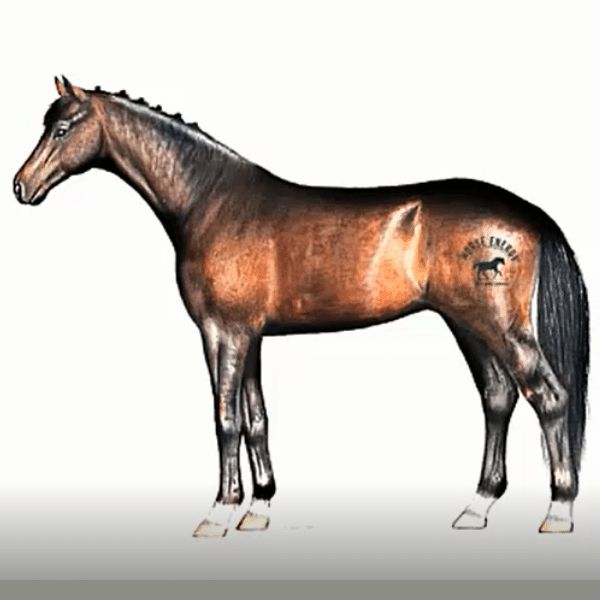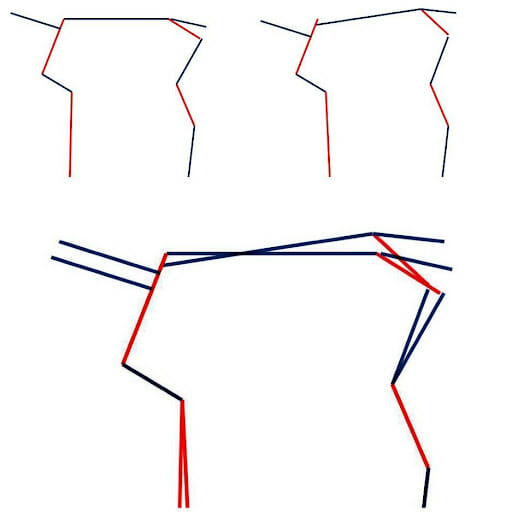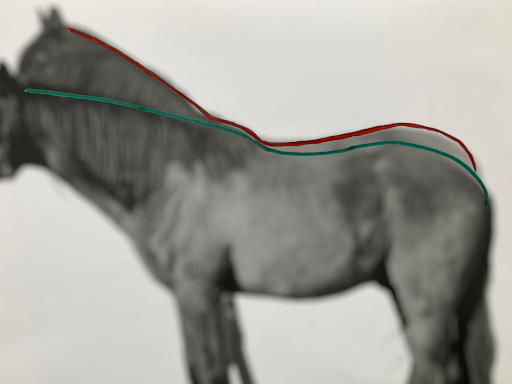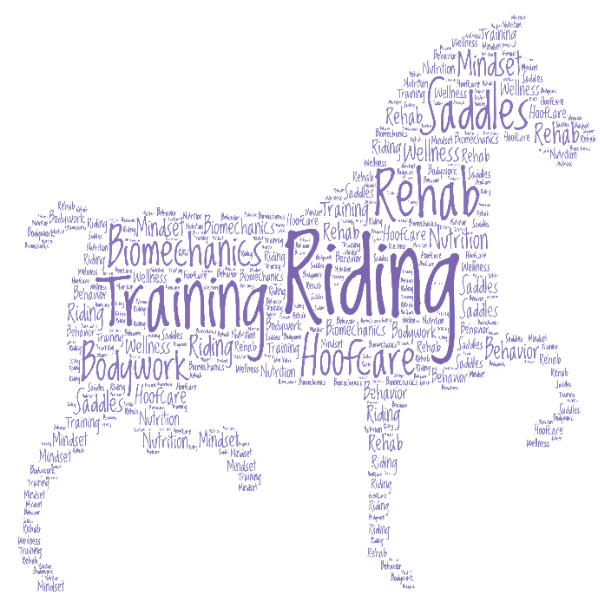
German osteotherapist Birgit Volesky treats horses with a focus on topline syndrome. What does the term “Topline Syndrome” mean, and how can horse owners recognize it. In her book, “The Topline Syndrome”, Birgit sheds light on important relationships between topline syndrome, the back and the behavior of the horse
How does Topline Syndrome come about?
Topline Syndrome is the process of changing the shape of a horse’s topline and the geometry of the horse. Most often it is thought that riding the horse is what causes this weakness of the back. However, in thousands of treatments, I could see that there are a variety of reasons that lead to back problems in horses.
Often the first causes have arisen at a young age as a result of just regular horse play out in the field or paddock. The horse is then backed and has to manage its growth, its balance AND the rider’s weight. When there are already existing problems in the mobility of the back, it quickly leads to problems in rideability.
Look out for small signs of change!
It is our task as owners to become aware of problems at an early stage so that the topline syndrome does not lead to bigger problems.In my experience,the process of topline syndrome usually comes about gradually. However, accidents etc. can accelerate this dramatically. If you, as an owner or professional, understand the process, notice the underlying behaviors that indicate a problem at an early stage, then making the changes are far easier than waiting until the signs are undeniable.
Understanding the horse’s back
Since the horse has no bony connection between the shoulder blades, holding the back is always associated with a contraction of the muscles of the thoracic sling apparatus. As a result, the thorax sinks between the shoulder blades and is fixed there.
The contracted muscles try to prevent the core from sinking further. The shoulder blade turns steeper and the natural energy-saving balance of the whole horse is lost.
At the same time, the muscles of the dorsal muscle chain, especially in the region of the loin and croup, try to stabilize the thorax from caudodorsal.

Simplified presentation of the change in the geometry of the horse through the topline syndrome
The tension continues and leads to restrictions on the flexibility of movement of the sacrum and pelvis.
The pelvis usually tilts forward and the hind legs are placed steeper via the tense muscles.
This combination of lowered trunk, tense lumbar and croup muscles and steep hind leg leads to a shift of the center of gravity forward and a straightening of the natural shape of the topline.
The horse increasingly supports itself with the ventral muscle chain, especially in the neck area, as it carries itself over the dorsal muscle chain. The geometry of the horse changes.
Thus, it is always necessary to distinguish which characteristics of the horse are original conformation, and which were acquired by the process of topline syndrome and the associated change in the shape of the topline .
Variants of topline syndrome
There are mainly 2 variants of topline syndrome, which I describe in more detail in the book. Smaller horses or Iberian breeds tend to become overbuilt and shorter in the back. They are strongly supported in the lower neck, so that for example a shifting of the skin along the trachea is hardly possible. Blood-imprinted horses tend to have the typical “hole” behind the withers/shoulder blade and an angular and ribbed thorax.
What they all have in common is the change in the shape of the topline.






